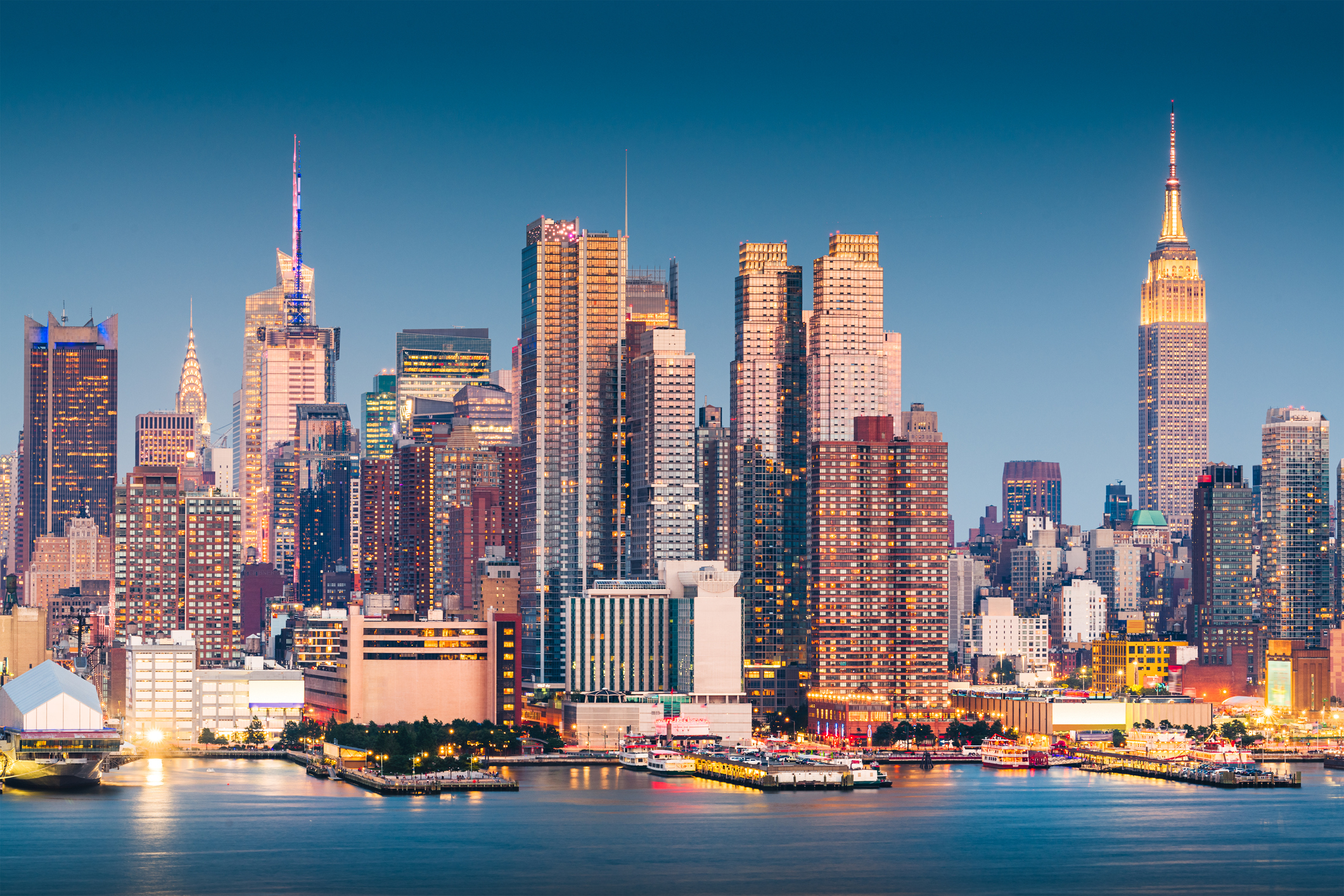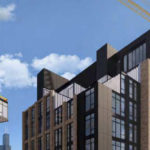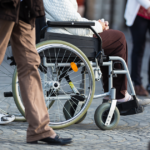A Permit Expediter’s Guide to New York City

For this month’s feature, we turned to our partner company, Milrose Consultants, to tackle permitting in the concrete jungle known as New York City. NYC is notoriously known for its complex and dense building codes, zoning laws, and permitting stipulations. Over the past 33 years, Milrose has developed a deep understanding of the ins and outs of NYC’s municipal filing processes through working with NYC agencies every day on behalf of their clients. Read on for their expert insights on how to avoid potential obstacles and achieve project success in New York City.
The NYC Department of Buildings (DOB) is the government agency that enforces the city’s building codes and zoning regulations, issues building permits, and inspects new and existing buildings throughout the five boroughs.
There are several different types of NYC permit applications for new construction and renovations. Each permit type has a different timeline that impacts project planning.
Below we examine the primary DOB permit application types:
New Building (NB)
Any project with plans for constructing an entirely new structure must file for the New Building (NB) permit application. If you are planning on keeping any portion of an existing building, you must file an Alteration Type 1 (Alt1).
Alteration-CO *Formerly known as Alteration Type 1 (Alt1)*
An Alteration Type 1/Alt1/Alteration-CO permit is required for any major construction that affects the use, egress or occupancy of the space which results in the issuance of a new or amended Certificate of Occupancy (CO).
Examples:
- Converting a commercial building or space to residential
- Vertical enlargements (adding floors)
- Change that alters the number of occupants in a space
- Densification of existing office floors
- Establishing a Place of Assembly
- Changing the use of the space
Important Note: Alt-1 filings will be referred to as Alteration-COs beginning in late February 2021 when the NYC DOB enters Phase 2 of the DOB NOW: Expansion.
Alteration Type 2 (Alt2)
An Alteration Type 2 (Alt2) application is filed for standard interior demolition and/or renovation work that does not affect the use, egress, or occupancy of the space. An Alt2 may either be filed under a Directive 2 (D2) of 1975 or Directive 14 (D14) of 1978.
- Directive 2: D2 applications are an option that applicants can take, to avoid filing an Alt1, when the work involved will change the egress only (hence why the DOB often refers to a D2 review as a full egress review). It is important to note that a D2 application requires a DOB inspection prior to sign off.
- Directive 14: D14 applications enables applicants of record (the registered architect or professional engineer) to file for a limited examination at the DOB. This allows the P.E. or R.A. to perform the final inspections needed for sign-off.
It’s important to note that the main difference between D2 and D14 filings is that under D2, the applicant is not authorized to conduct the final inspections, therefore, the DOB inspection division performs the final inspections for D2 application filings.
Alteration Type 3 (Alt3)
Alteration Type 3 (Alt3) applications are filed for alterations that do not affect the use, egress, or occupancy of the space and involve only one minor work type.
Examples:
- Temporary fences
- Curb cuts
- Scaffolding
- Tents
Place of Assembly (PA)
A PA application filing is needed for any indoor space where 75 or more people will congregate for entertainment, worship, exercise, recreation, education, or civic engagement.
Examples:
- Cafeterias
- Gyms
- Theaters
- Classrooms
The DOB Permitting Process
Now that you have familiarized yourself with the basic permit application types, you’re ready to learn about the various paths you can take to obtain permit approvals in the big apple.
Landmark Filings
One of the coolest things about NYC is its rich history. Landmark buildings and historic districts represent approximately 20% of Manhattan’s total built environment. When filing work on a landmark building or in a historic district, it is important to remember that you will need two additional sets of signed/sealed plans and that all reviews are currently being done electronically due to the COVID-19 health crisis.
The Landmarks Preservation Commission (LPC) offers the following types of approvals:
- FastTrack Review: 10-15 days
- Expedited Certificate of No Effect: 5-10 days
- Certificate of Appropriateness: 30-60 days
*If full board approval is required, it typically takes 90 days to obtain approval.
Self-Certification vs. Standard Filing
Professional-certification (aka self-certification or self-cert) allows licensed architects and engineers to take full responsibility for the code review and compliance of their own work.
In comparison, Standard Filing involves the DOB reviewing and issuing comments or objections, then resolving those objections to obtain final approval, all of which can take weeks. Given the standard process is more time-intensive, self-certification is usually recommended to achieve shorter approval timeframes and reduce delays.
If you have any questions about the New York City permit filing process or are interested in utilizing our services on an upcoming project, please contact us today.




